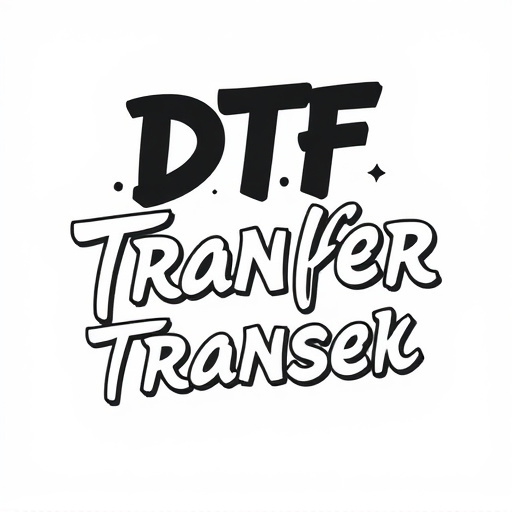Data-driven UX decisions are crucial for website design agencies to stay competitive. By combining analytics, heatmaps, and user feedback, they identify issues and improve site performance. This process involves tracking KPIs, using tools like Google Analytics, and employing A/B testing. Integrating SEO services optimizes designs for users and search engines, enhancing visibility and traffic. Successful agencies translate data into actionable decisions, segment audiences, and prioritize features to boost engagement and satisfaction, ultimately strengthening their reputation in the digital landscape of website design agency services.
In today’s data-rich landscape, data-driven UX decisions are pivotal for website design agencies. Understanding how to harness this data can unlock profound insights, leading to more user-centric and effective designs. This article guides website design agencies through the essentials of data-driven UX, from deciphering complex data to transforming it into actionable strategies. We’ll explore powerful tools and techniques for data collection and analysis, providing best practices for making informed, results-oriented UX choices.
- Understanding Data-Driven UX: The Basics for Website Design Agencies
- Unlocking Insights: Tools and Techniques for Data Collection and Analysis
- Translating Data into Actionable UX Decisions: Best Practices for Website Design Agencies
Understanding Data-Driven UX: The Basics for Website Design Agencies

Data-driven UX decisions have become the gold standard for modern website design agencies. By analyzing user behavior through tools like analytics and heatmaps, designers can gain invaluable insights into how visitors interact with a site. This data allows them to make informed choices that optimize user experience, leading to higher engagement, reduced bounce rates, and increased conversions. For website design agencies in Fort Worth or web design South Florida, understanding this process is crucial for staying competitive in the market.
At its core, data-driven UX involves using quantitative and qualitative data to identify pain points and opportunities for improvement. This means tracking metrics like click-through rates, scroll depth, and time spent on pages, as well as gathering feedback through surveys and user testing. By combining these methods, web design agencies can create websites that are not only visually appealing but also highly functional and tailored to their target audience’s needs. This approach ensures that each design decision is backed by hard evidence, resulting in better-performing and more user-friendly websites, regardless of their location or scope.
Unlocking Insights: Tools and Techniques for Data Collection and Analysis

In today’s digital landscape, data-driven UX decisions are no longer an option but a necessity for any successful website design agency. Unlocking valuable insights requires a robust strategy that combines advanced tools and techniques for data collection and analysis. A comprehensive approach begins with identifying key performance indicators (KPIs) specific to user behavior on the site. This involves utilizing analytics platforms like Google Analytics to track metrics such as bounce rates, time spent on page, and conversion paths.
Effective data collection goes beyond basic analytics. It encompasses qualitative methods like user surveys, A/B testing, and heatmaps, which provide deeper understanding of user preferences and pain points. For a Miami-based web design agency or SEO services provider in the area, leveraging these tools allows for tailored, data-backed solutions that enhance user experiences. Moreover, integrating SEO services into this process ensures that website design is optimized not only for users but also for search engines, ultimately driving better visibility and traffic.
Translating Data into Actionable UX Decisions: Best Practices for Website Design Agencies

In today’s data-centric world, translating insights from analytics into actionable UX decisions is paramount for website design agencies. To thrive in this competitive landscape, agencies must go beyond interpreting raw numbers and apply these data points strategically to enhance user experiences. Best practices involve segmenting audiences based on behavior patterns, identifying pain points through heatmaps and session recordings, and prioritizing features that drive conversions. By integrating local citation services and focusing on local search optimization, agencies can ensure their designs resonate with target demographics, boosting engagement and retention rates.
Furthermore, leveraging SEO services near me allows agencies to stay attuned to regional preferences and trends, tailoring experiences for diverse user bases. Effective data-driven UX decisions don’t just improve website performance; they foster deeper connections with users, ultimately leading to increased customer satisfaction and loyalty. This approach not only elevates the agency’s reputation but also positions them as innovators in the ever-evolving digital realm of website design.
Data-driven UX decisions are no longer a luxury but a necessity for successful website design agencies. By understanding user behavior, leveraging the right tools for data collection and analysis, and translating insights into actionable strategies, design agencies can create more engaging, user-centric experiences that drive business growth. Implementing these practices ensures websites not only meet but exceed user expectations, solidifying the agency’s position as a leader in digital innovation.














